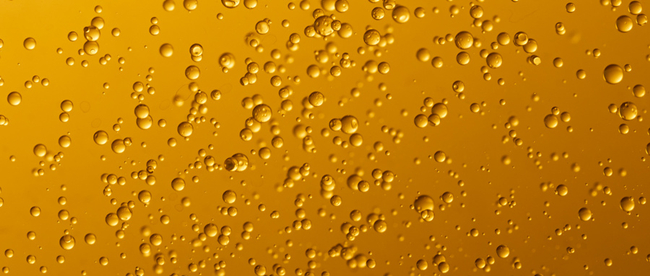Analysis of working principle of screw air compressor oil system
The oil circuit system of screw air compressor includes oil tank, oil cooler, oil filter, oil cut valve, temperature control valve, etc.
The oil circuit system of screw air compressor includes oil tank, oil cooler, oil filter, oil cut-off valve, temperature control valve, etc. The lower volume of the oil-air separator plays the role of a fuel tank, and is attached with a refueling hole, a drain plug and an oil level gauge.
The conventional screw air compressor does not have a hydraulic pump, and the circulation of lubricating oil is realized by the pressure difference between the pressure in front of the filter element and the oil injection port of the main engine. When the compressor is running, the gas in the oil-air separator first builds up pressure under the action of the minimum pressure valve to force the lubricating oil to pass through the oil cooler, and then enter the oil cut-off valve through the oil filter to inject oil up and down the main engine. The hole supplies oil to take away the heat generated by the air during the compression process, and at the same time lubricate and seal the working cavity of the main engine to reduce internal leakage.
The atomized oil injected into the compressor is mixed with air and compressed, and then enters the oil-air separator again through the exhaust check valve.

1. Oil cooler The cooling method of oil cooler and air cooler is the same, there are two cooling methods of air cooling and water cooling. If the environment is not good, the fins of the air-cooled cooler are easily covered by dust and affect the cooling effect. In severe cases, it will cause the oil and gas temperature to be too high and automatically shut down. Therefore, low-pressure air should be used to blow off the dust on the surface of the fin regularly; if it cannot be blown clean, it must be cleaned with a solvent, and the heat dissipation surface of the cooler must be kept clean.
When the pipe of the water-cooled cooler is blocked, it must be soaked in a solvent, and the fouling in the pipe must be removed mechanically to ensure that it is completely cleaned.
2. Oil filter
The oil filter equipped with a differential pressure transmitter, its function is to remove impurities in the oil and keep the lubricating oil clean, thereby protecting the operation of the air compressor host. If the filter is clogged, it will cause insufficient fuel supply to the main engine and increase the temperature of the oil and gas, thereby affecting the life of the moving parts of the main engine.
When the oil filter is blocked, the differential pressure transmitter will give an indication and the signal light will be on. It should be shut down in time for inspection or replacement. Whether to replace the filter element should be determined according to the actual situation.

3. Oil cutoff valve
The oil cut-off valve is mainly composed of valve body, valve core, floating plug, spring and other components. The oil cut-off valve is one of the important parts in the compressor. Its working principle is: immediately after the start-up, the high-pressure chamber of the main engine supplies air to the end of the oil cut-off valve, and the piston overcomes the spring pressure and pushes the floating plug to open the oil cut-off valve. The spool starts to supply oil.
When the unit is running, the oil cutoff valve is always open; after the unit is shut down, the oil cutoff valve should be closed in time to prevent oil from pouring into the main engine.
4. Temperature control valve
Water-cooled compressors are equipped with temperature control valves at the oil inlet of the cooler. Its function is to control the bypass flow of lubricating oil through the cooler to ensure that the oil and gas temperature of the compressor is higher than the pressure dew point temperature when the compressor is running. Because the lower fuel injection temperature will make the oil and gas temperature of the main engine too low, condensate will be deposited in the oil and gas separator and cooler, and it will not be easily carried out by the gas system, which will deteriorate the quality of the lubricating oil and shorten its service life.
The working principle of the temperature control valve is: at the beginning, the lubricating oil temperature is low, and the lubricating oil bypasses the oil filter and the oil cut-off valve directly into the main engine; if the oil and gas temperature rises to 71 degrees, the temperature sensing element in the temperature control valve extends It pushes the valve core to move in the valve body; begins to close the bypass channel and gradually opens the channel leading to the oil cooler. The flow area ratio of the two channels is determined by the oil and gas temperature; when the oil and gas temperature rises to 75 degrees, The bypass port is closed, and all lubricating oil flows to the oil cooler for cooling cycle.


